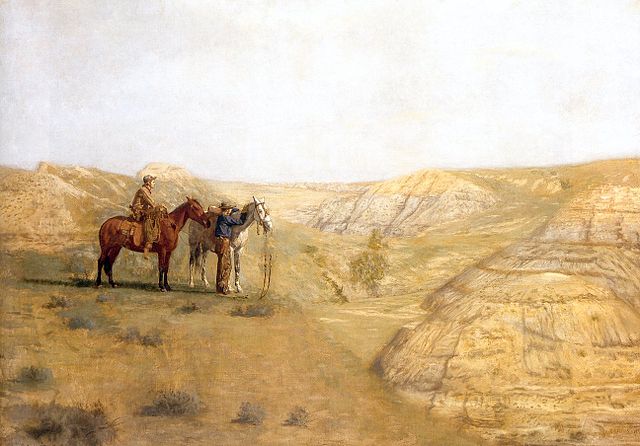
The Western Novel: Comparing Traditional And Revisionist Takes
Western Season: The 2nd of 3 articles examining the genre on page and screen…
The Western is currently experiencing something of a resurgence. Western novels have been a staple of American literature for over a century In the last twenty years, in both literature and on screen, there have been a growing number of successes for the genre. But these aren’t the kind of western of the genre’s post-war heyday.
The Western Novel Old And The New
These novels often depict the American West, featuring cowboys, outlaws, and other iconic figures of the frontier. The genre has evolved over time, with classic western novels and revisionist ones representing different eras and attitudes towards the West.
Classic western novels, such as those written by Zane Grey and Louis L’Amour, are often characterized by their straightforward storytelling and heroic protagonists. They often depict the West as a place of rugged individualism and self-reliance, where the lone cowboy or sheriff must confront and overcome obstacles to achieve justice or redemption. Classic westerns often romanticise the Wild West, depicting it as a place of honour, courage, and adventure. The heroes of these novels are often stoic, self-sufficient, and skilled with a gun, embodying the virtues of the frontier.
In contrast, revisionist western novels, such as those written by Cormac McCarthy and Larry McMurtry, take a more critical view of the West. These novels often challenge the myth of the frontier as a place of adventure and opportunity, instead depicting it as a place of violence, exploitation, and oppression. Revisionist westerns often explore the darker aspects of the West, including the displacement and genocide of indigenous peoples, the exploitation of natural resources, and the rise of industrial capitalism.
Diverse Differences
One major difference between classic and revisionist western novels is the portrayal of characters. Classic western heroes are often larger-than-life figures, embodying the virtues of the frontier. They are typically white, male, and skilled with a gun, and they often triumph over adversity through sheer force of will. By contrast, revisionist westerns feature more diverse and complex characters. These novels often depict the experiences of women, people of colour, and indigenous peoples, providing a more nuanced and critical perspective on the West.
Classic western novels, like their film counterparts, often portray the American West as a place of rugged individualism, manifest destiny, and violent conflict. These novels typically followed the adventures of cowboys and frontiersmen as they fought against outlaws and Native Americans. Characters in classic westerns were often one-dimensional and stereotypes of masculinity were reinforced.
In contrast, revisionist western novels emerged in the latter half of the 20th century and challenged the classic, simplistic portrayals of the genre. Revisionist westerns explore the experiences of marginalised groups, such as women, Native Americans, and African Americans, and expose the systemic racism and violence perpetuated by westward expansion. These novels also often critique traditional notions of masculinity and question the romanticised depictions of the American West.
While classic and contemporary Western novels share a common setting, they differ significantly in terms of narrative structure, language, themes, and characters. Classic Western novels tend to focus on the virtues of the frontier and the struggle for survival and are straightforward and pulpy, while contemporary Western novels explore more complex themes and feature a more diverse cast of characters. Both styles of writing have contributed to the rich and diverse tradition of Western literature.
You can read the first article in this series here.
The last in this series of articles on the Western will appear on this site next Wednesday.